In the Book Ender’s Game, later in the book we become more familiar with the enemy that Ender has to defeat. This enemy is known as the Formics, or more popularly known by their derogatory name The Buggers. These aliens have been in battle with the human race three times. The book takes place during the third war. At the end of the book Ender finds the hive queen who telepathically communicates with him, telling him that the Formics attacked the human race because they didn't detect a hive-mind state of thinking in the humans. This led the formics to believe that the humans were non-sentient and attacked them.
This means that the Formics have a hive-mind. Hive mind is defined as:
"A type of collective consciousness where individuality is stifled; a state of conformity;" - dictionary.com
Another example of hivemind in science fiction are the Borg from Star Trek. Famous for the quote, “You will be assimilated, resistance is futile.” The Borg is a cyborg race who believe that everyone should be assimilated and become part of the hivemind. Because of the fact that they all act under the same conscious it is like one thought that has multiple bodies. The Borg can assimilate other races, which means the Borg isn’t one race, but a collective of assimilated other races with the changes to make them part of the hivemind.
Yet another alien race that acts similar to the hivemind, but differs slightly are the Cylons from Battlestar Galactica. The Cylons, short for Cybernetic Lifeform Node, are a robotic race that has multiple different beings. One kind of Cylon is the earlier model. This model looks like a robot, easy to identify. Another kind of Cylon, the later model, looks like a human. These types of Cylons are made through synthetic biology. Not only do they look like a human, but they are made from the same material, they have flesh and blood. The thing where the hivemind comes in is that Cylons of the same model are able to transfer data between their minds. It is stated that this is not a hive mind, but as a mode of communication.
The Cylons of Battlestar Galactica (above) and Locutus Borg from Star Trek (below) A few other famously known examples of hiveminds in science fiction are the Bugs in Starship Troopers by Robert Heinlein, The Heart of Atlantis from the movie Atlantis: The Lost Empire, The Anti-Spirals from Gurren Lagann, The Xenomorph from Alien, and The Cybermen and the Daleks from Doctor Who.
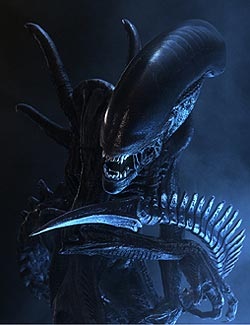 Xenomorph from Alien
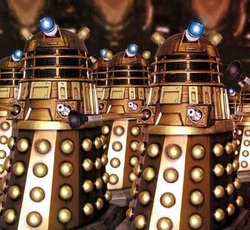 Daleks from Doctor Who
The hivemind got its name from the insects that are Eusocial, which is the social system in insects that live under four basic characteristics. According to the Nature Education Knowledge Project these for characteristics are: “adults live in groups, cooperative care of juveniles (individuals care for brood that is not their own), reproductive division of labor (not all individuals get to reproduce), and overlap of generations (Wilson 1971).” - Eusocial Insects
Bees are a prime example of this. Because they need to collect pollen to create honey there are certain things that need to be done. The pollen collecting bees bring back the pollen and give the nectar to the receiver bees who in turn take care of the food. They use this sort of hivemind thinking to know where to collect the pollen and nectar and to collaborate. This chart shows how the process is done within the group of bees. ( 1) Much like in science fiction there are the workers who go out and do the work, and then there’s the one who directs the rest. The queen bee is much like the queen Formic from Ender’s Game.
Many science fiction novels and movies depict humans going to other worlds and settling down on those worlds. While there they use the land to their own personal needs. This colonization and terraforming is seen in Dune, Imperial Earth, and the sequels to Ender’s Game: Xenocide, Speaker for the Dead, and Children of the Mind.
In Dune, Paul Atreides and his family assume control of the planet called Arrakis. This planet’s original inhabitants, the Fremen, first knew, used, and controlled the geriatric spice, also known as mélange. Melange is a drug that is created by the excretions of the desert sand worms. The spice is collected and sold at a high price. Because of this spice, the planet attracted many people from other worlds to try and take over and sell the spice to gain money and power. Human-like people from around the universe attempted to colonize the desert planet and sell the spice, but only a few managed to survive the harsh environment of the planet. Due to the planet being one giant desert, water is scarce. Many fights have occurred over who should control the spice, and further the control of the planet.
I must say, and my mother would agree, read the books, but do not watch the movie. The movie is a sad rendition of the novel.
Another novel that deals with the colonization of another planet is Imperial Earth. In the not too distant future, there is a decline in the amount of hydrogen on earth. The main character’s grandfather set out to Titan, the moon of Saturn, which is thought to have an abundance of hydrogen. When arriving on the planet, he sets up a colony where people mine for hydrogen and sell it back to people of earth.
Yet another set of books that shows the colonization of humans on another planet are the sequels to Ender’s Game. Set 3000 years after when Ender’s Game takes place, Andrew ‘Ender’ Wiggin, or known then as Speaker for the Dead goes around marking the death of a person, or for him, the death of a race. He arrives on Lusitania, a planet that has been colonized by humans who are there to study the indigenous race called the Pequeninos. But because of being on the planet they are subjected to the virus known as the descolada, a self-mutating virus that can infect any lifeform. All three of these novels have many similar aspects with colonization. They all deal with humans taking over a distant planet or world in order to better themselves. One thing that jumps out at me is that many of the planets in many science fiction novels and movies have species native to the planet. The Fremen in Dune and the Pequeninos in Speaker for the Dead. But these native species are usually regarded as inferior species. Is it really true that they are inferior, or is it a superiority complex of the humans that are taking over the land? This is much like back when the British and French were colonizing the New World and pushing the Native Americans out of their homes in order to take over the land. This continued to happen even once the United States was formed, the Native Americans were pushed off of their land and onto reserves much smaller than their land. None of this is good, pushing people out of their land and making a profit from them. Another problem with terraforming another planet is what happens when you use up all of the resources from that planet that you are mining for? Do you just pack up and move out? Leave the planet for dead? This is major issue with the earth today. People are using up resources faster than they can be replenished, if they can be replenished at all. We need to start respecting the planet and taking care of it, as of now it is the only world we have and there isn’t any other planet that we can just zoom to and make our new home. Not yet at least. Recently, the company Mars One was founded and is taking applications to settle a permanent human settlement on Mars. In the year 2023, the plan is to have humans land on Mars and create a permanent settlement. This just might be the beginning of humans colonizing other planets. As of now, it is not foreseeable that humans who are chosen to go to Mars will ever be able to return to earth. But that is the risk that is involved with colonizing another world, just like the humans who colonized Lusitania in Speaker for the Dead. It doesn’t seem possible yet, but who knows what the future will hold for colonizing other planets, some day in the future mankind could spread out across the stars and make their home on planets lightyears from our current home. The only thing that we will have to be wary about is to not destroy the planets and make a mess out of the universe.
Ender’s Game, one of the first science fiction novels I remember reading. It took me about a week to finish it, but by the time I was finished with the book I was hooked. This was my gateway book to higher levels of science fiction.
Originally published in 1977 as a short story, Ender’s Game was so loved that readers wanted more. In January of 1985, Orson Scott Card released the first novel in the whole series.
In November of this year, Summit Entertainment is releasing Ender’s Game the movie. My hopes are that it is very much like the book, and they don’t butcher it much like other book-to-film movies. In the series, communicating with places way far away is instantaneous. Not like from one continent to another, although yes, that is also possible, but this is on a large scale. Places that are light-years apart. Using a machine called the Ansible, people are able to communicate instantaneously over vast distances. The Ansible was first created by Ursula K LeGuin in her 1966 book, Rocannon’s World. The original term of the Ansible is described as: “A method of communication across galactic distances that circumvents Einstein’s theory of relativity is a useful plot device, avoiding part of the suspension of disbelief that is required with the faster-than-light transport of physical objects.” – Michael Quinion
In the Ender’s Game series, the Ansible is a nickname for the Philotic Parallax Instantaneous Communicator. It is described as a process that Philotes to vibrate in space, which causes other counterpart philotes to also vibrate. Through this, they are able to make them vibrate in a specific way so that they are able to send messages instantaneously. ( 1) Although at the time that the story was written, and up until very recently, being able to communicate instantaneously was unheard of except in science fiction. According to Orson Scott Card, the author of Ender’s Game, there was no theory or possibility of being able to communicate instantaneously at the time when Ender’s Game was written or any of the other books in the original series. In the last 5 years though, research was done to try and create a way to communicate instantaneously or at least faster than light. One project that has been done in attempt to find a way to communicate instantaneously was done by A.Y. Shiekh using light particles. Using a single photon emitted by a light source, the photon is sent through all sorts of shifters and mirrors. If these shifters and mirrors are set up in a specific way the photon detector at the end of the course wouldn’t detect any photons. It seems I need to brush up on my particle physics to understand how this works. But all in all the experiment deemed this instance of instantaneous communication unfeasible. Over the last 50 years, communication has been getting easier to do. One of the things that makes communication super-fast, but not quite instantaneous, is the internet. To read more about how the internet works, here is a great link that will explain how it works in great detail. But when one is connected to the internet, much like you probably are now, packets of information are sent to your computer electronically. Originally, this had to be done with wires and cables, but nowadays, people are able to get information from what seems straight out of the air using WI-FI. Wi-Fi uses radio waves to be able to connect to a router, which using cables, is able to connect back to the internet. ( 2) The communication in Ender’s Game and Ursula K LeGuin’s book, Rocannon’s World, revolutionized the way people thought about how to communicate written out messages.
|



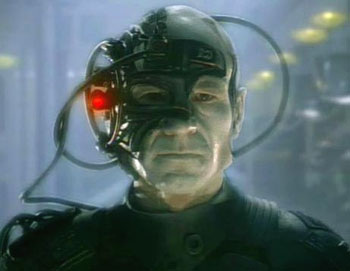
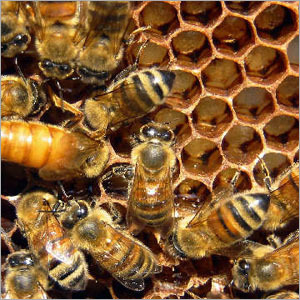
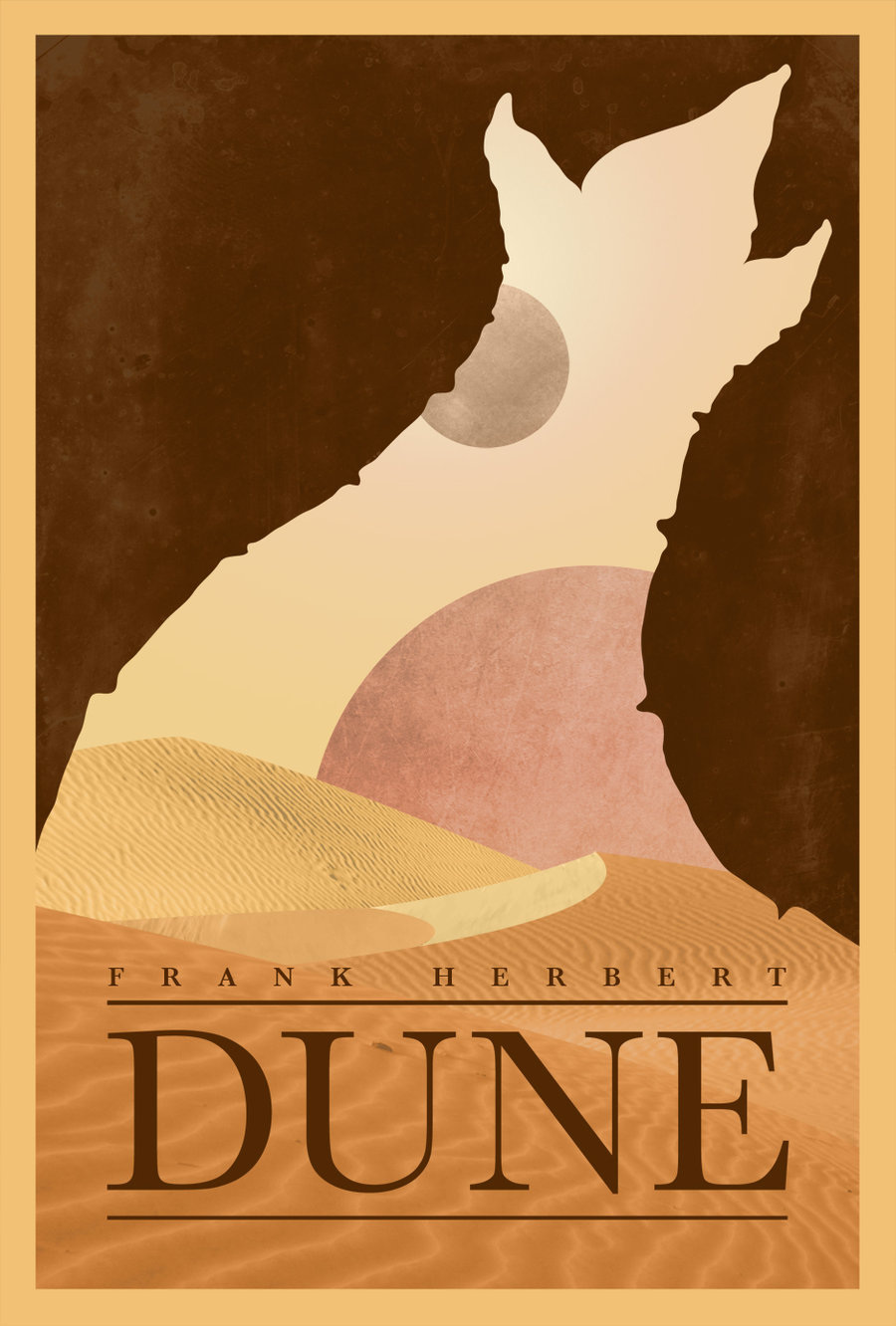
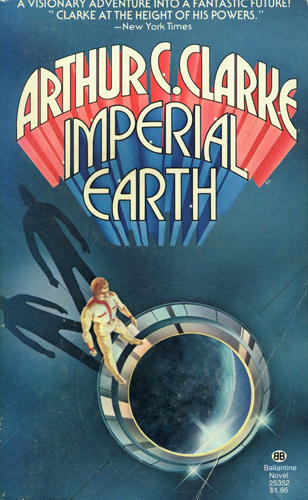


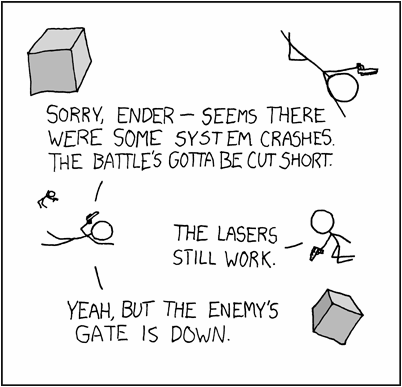

 RSS Feed
RSS Feed